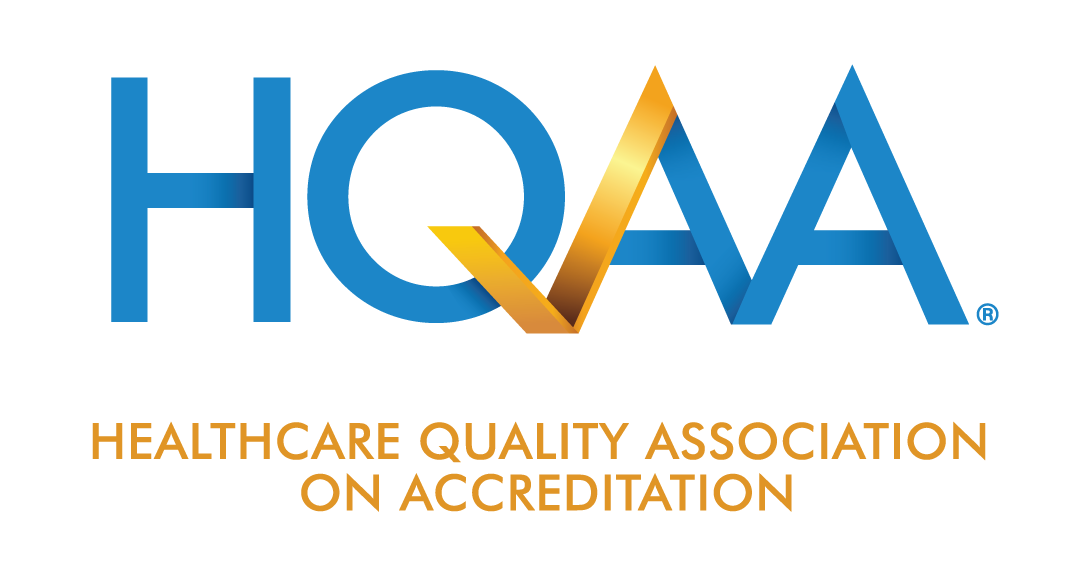
In order to determine if a grievance or complaint needs to be recorded, you must first decide what is, and what is not, a complaint. Your team must determine the threshold that it takes for a concern or question to truly be a complaint/grievance. Not every concern expressed may be a complaint. Let’s look at two examples:
Situation A: You have provided a window of time for delivery and your Service Tech/Driver arrives ten minutes after the stated window. The patient calls to complain about the delivery time.
This can only be answered after your organization has determined what is and is not a complaint. Generally, this might not be considered a complaint. However, if the patient or caregiver were to take this issue to the owner, referral source or the payer, this could be elevated to complaint status.
You could also use this opportunity as an example to coach your staff to do a better job of explaining delivery time windows when setting up appointments. If you do not document it as a complaint, they may not be a way to track that it was an expressed concern. Complaints are often opportunities for improvement and should be viewed as such and not “frowned upon” or rarely acknowledged.
Situation B: Your Service Tech/Driver fails to deliver the DME on the day it is scheduled, does not contact the office to explain why this is not happening as expected and does not contact the patient to reschedule the delivery. The customer calls the office.
Is this a complaint?
In this case, this should be a complaint. You are obligated to record it, research the circumstances, review the outcome and record the resolution.
Medicare takes complaints seriously. They list information concerning complaints in 2 of the 30 Medicare DMEPOS Supplier Standards (abbr.. Version 1-4-12).
19. A supplier must have a complaint resolution protocol established to address beneficiary complaints that relate to these standards. A record of these complaints must be maintained at the physical facility.
20. Complaint records must include: the name, address, telephone number and health insurance claim number of the beneficiary, a summary of the complaint, and any actions taken to resolve it.
When you receive a complaint, you must use a uniform process for review and follow-up. Documentation of the following is required to ensure you are meeting both the HQAA standard and the Medicare Quality Standards:
- Record the date when the complaint was received and by whom
- List the name, address, and contact number of individual contacting your organization
- List the details of the complaint or grievance
- Note what investigation has been performed
- Show your response and your resolution to the complaint
- List any additional payer requirements, i.e. MBI (Medicare Beneficiary Identifier)
One of the areas which organizations fail to complete properly is the follow-up to a complaint. The requirement in the CMS Final Quality Standard states that within five (5) calendar days of receiving a beneficiary’s complaint, the supplier shall notify the beneficiary, using either oral, telephone, e-mail, fax, or letter format, that it has received the complaint and it is being investigated.
The element commonly found deficient on survey is the additional CMS requirement that within 14 calendar days, the supplier shall provide written notification to the beneficiary of the results of its investigation and response.
Additionally, the supplier is required to maintain documentation of all complaints received, any copies of the investigations and all responses to beneficiaries. Always maintain a copy of this written notification to demonstrate your follow-up with the complaint.
This requirement is enforced not just by your accreditor but by the NSC (National Supplier Clearinghouse) as well. When you receive a site visit from the NSC, whether it is a random visit or in conjunction with re-validation or a primary enrollment, one of the items that the site visitor will request to review is your complaint log/record. It is essential to be able to show you have met all of the requirements and not just the requirements to have a log. You need to demonstrate at the time of that visit that you acknowledge complaints, contact the patient(s), research the issue(s) and provide the patient with a resolution.
During your on-site accreditation survey, your surveyor will also review your complaint logs/records to ensure compliance with this standard.



